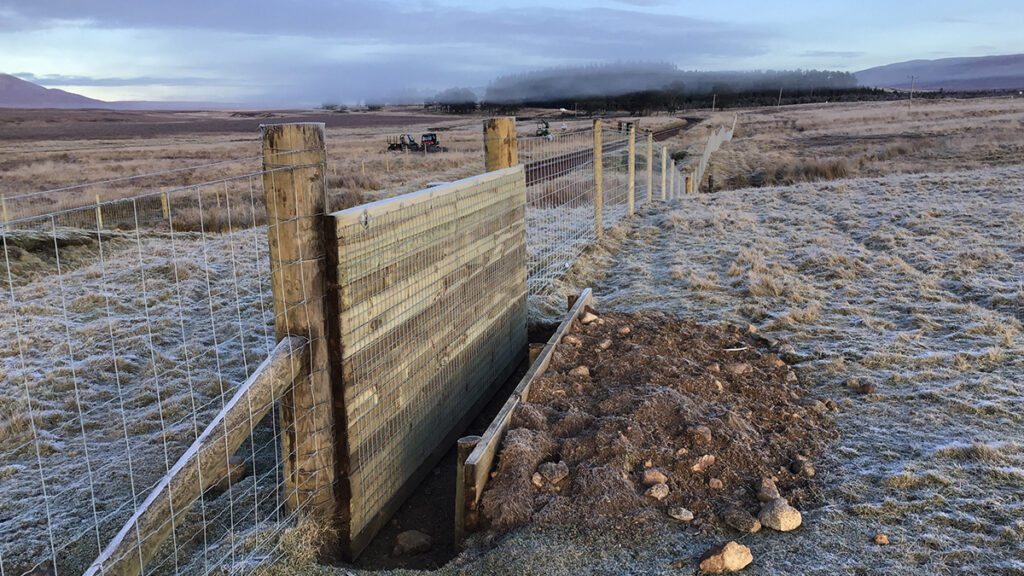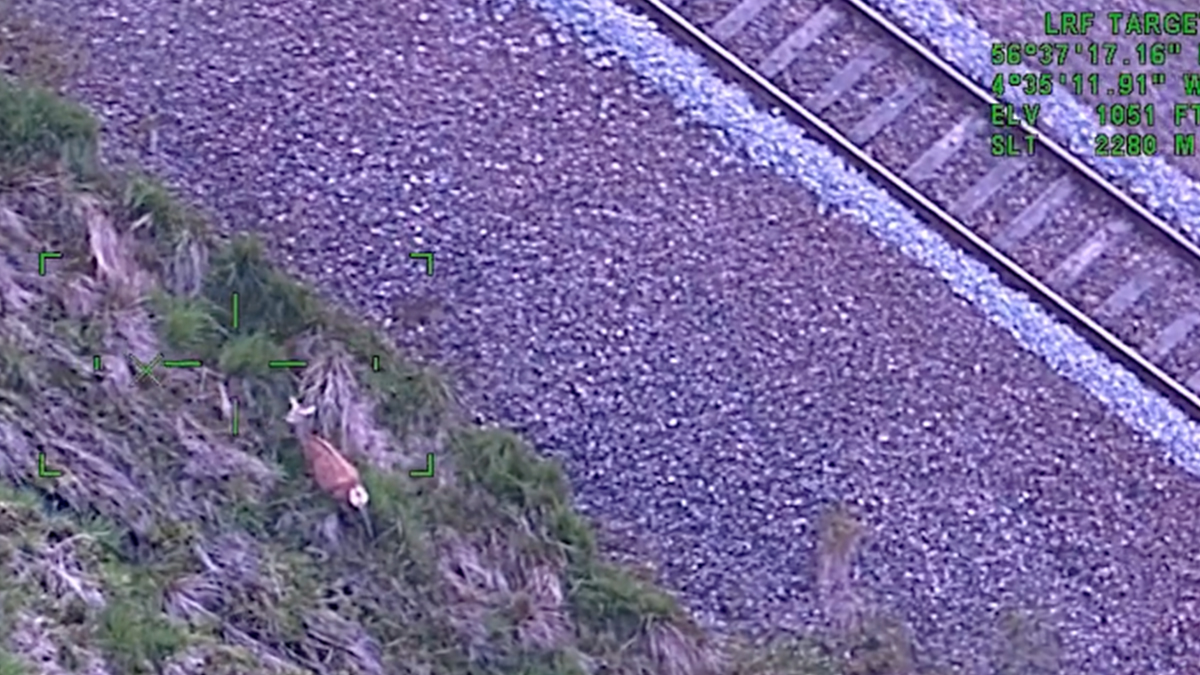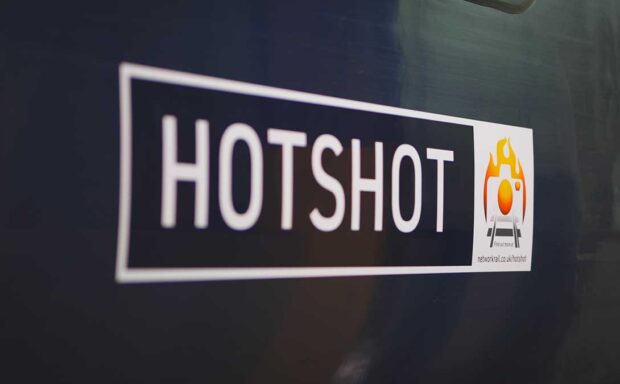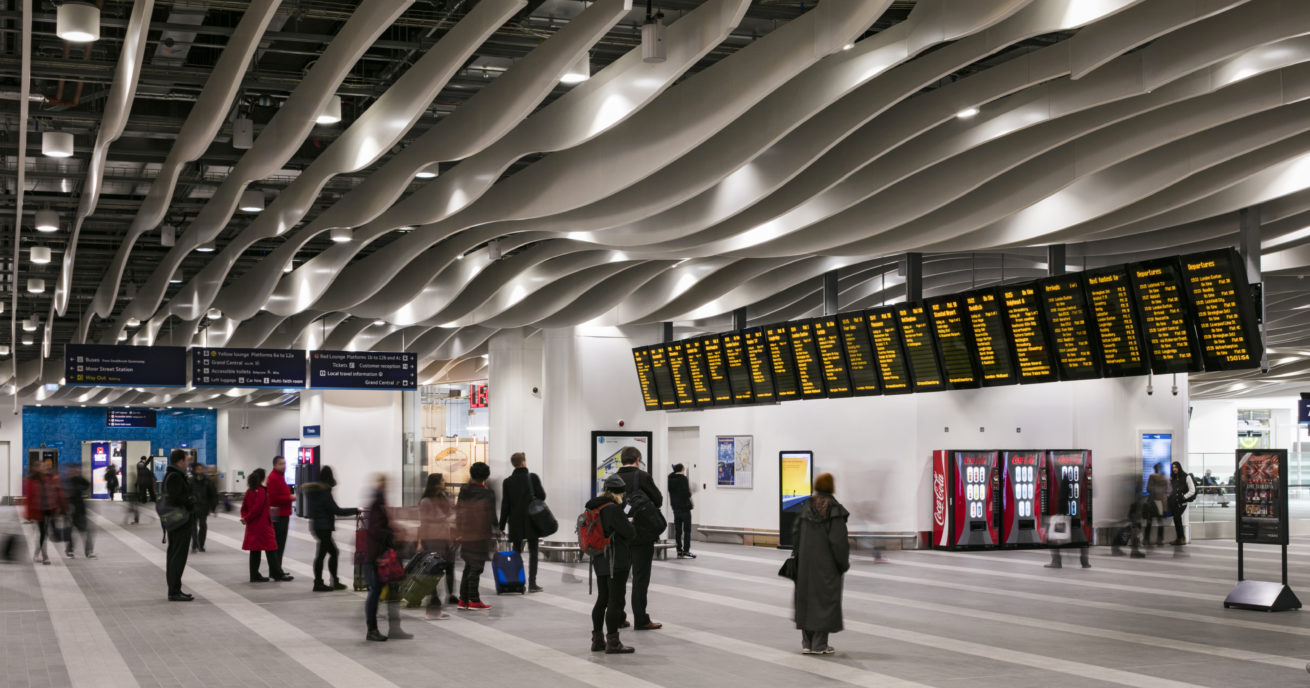Did you know that the deer is the most common type of animal to trespass on our railway?
Well, trespassing – by animals or humans – causes countless minutes of delays and disruptions to your journeys.
Find out how we’re tackling this problem so that we can continue giving you faster and more reliable journeys.
Animals or humans: the worst offenders?
Our latest figures show animals trespassed 1,432 times in the 12 months to the end of March – equivalent to four times a day. These animals ranged from deer, bees, a donkey, mice, hedgehogs and even a well-known tortoise.
But the worst offenders by far are people. Trespassing by people accounted for more than 19,300 incidents, or one person every half-an-hour.
Animal trespassers
Our deer neighbours tend to live in high numbers across rural, forested areas, which are commonly found alongside the railway.This might be why they’re ranked first place in our list of animal trespassers. Deer caused almost 350 incidents by straying on to the railway last year.
Second on the list comes our woolly friends – sheep – with 177 incidents. Ruffling the train schedule feathers are birds in third position with 172 incidents, while swans came in fifth place with 143 incidents. Moo-ving into fourth place were cows with 156 recorded incidents.
Helen Hamlin, operations chief at Network Rail, said:“Trespassing on the railway is a serious offence that causes delays to thousands of trains every year and can be very costly for people – causing death and life changing injuries due to the railways many hidden dangers.
“This summer, when we see trespass at its peak our message is clear whoever you are: child, adult, dog walker, holiday maker or beast – stay off the tracks.”
The animals next on the list are dogs, cats, badgers, foxes and pigs. Some of the more unexpected visitors include bees, mice, hedgehogs, a llama and a tortoise.
Tackling trespassing
We have a range of measures in place to help manage and minimise animal incursions onto the railway.
Using AI to detect and deter deer on the railway
We partnered train operator London North Eastern Railway in May last year to trial a deer detection system using artificial intelligence. We held this trial on the East Coast Main Line, which runs from London King’s Cross station to Edinburgh along two hotspots after we found high volumes of deer entering the railway boundary.
The automated deer deterrent system uses sound and vision sensors to identify when a deer approaches the track. Once it detects the deer, it sets off an alarm that warns the animal away. The AI cameras then monitor the deer’s movement until it’s moved a safe distance away.
The system has been a success. It’s deterred nearly 6,000 deer from accessing the railway and plan to roll it out further.
Installing wildlife crossings
We’ve also trialled installing wildlife crossings or deer leaps, first in Scotland in 2019.
Leaps are shorter modified fences – usually made of wood – that are placed in the middle of higher fences where deer tend to regularly gather and cross the railway. Leaps allow young deer to get over the fence at these lower points and so reduce the number of potential accidents involving deer.
This is because a calf and mother deer will rarely separate. So, a mother will not leave her calf behind should it get stuck on the railway – putting them both at risk.
Deer leaps offer an escape route for these young deer, helping move more deer away from the railway.

Other methods to tackle animal trespassers
Other ways we’re keeping animals off our track include partnering with animal charities who provide specialist training.
For example, The Swan Sanctuary provides special training to our mobile operation managers who help look after our railway lines. Experts from the charity teach our staff how to safely remove swans from the railway and release them into the wild.
This task is even more challenging in areas where the railway is powered by the third rail. The third rail carries 750 volts of electricity so we must take extra care when removing swans on or near the third rail.
We also annually inspect fencing and work closely with local communities and farmers living nearby to maintain and install suitable fencing along the railway boundary. We carry out further fence checks if farmers bring more livestock to their land.




